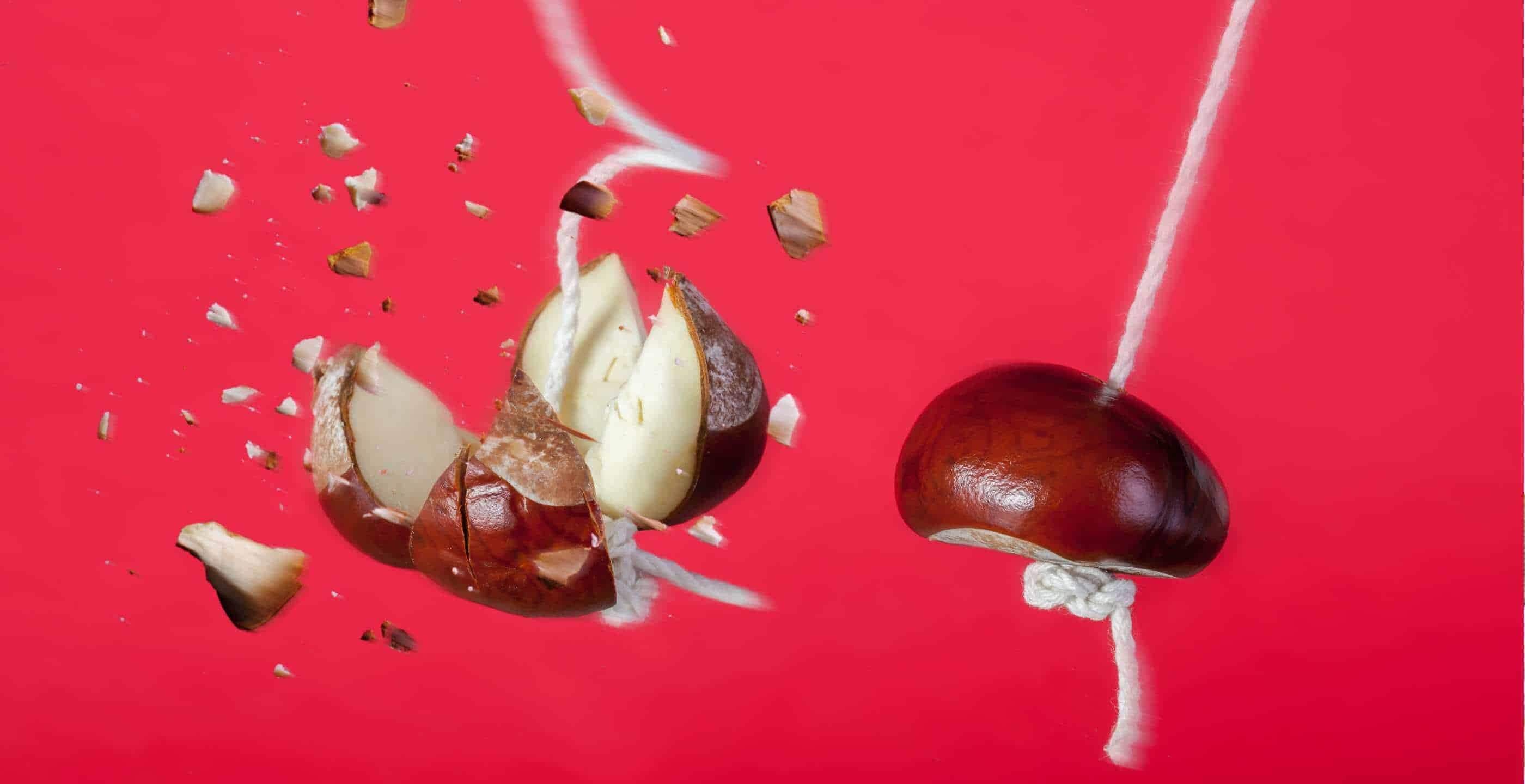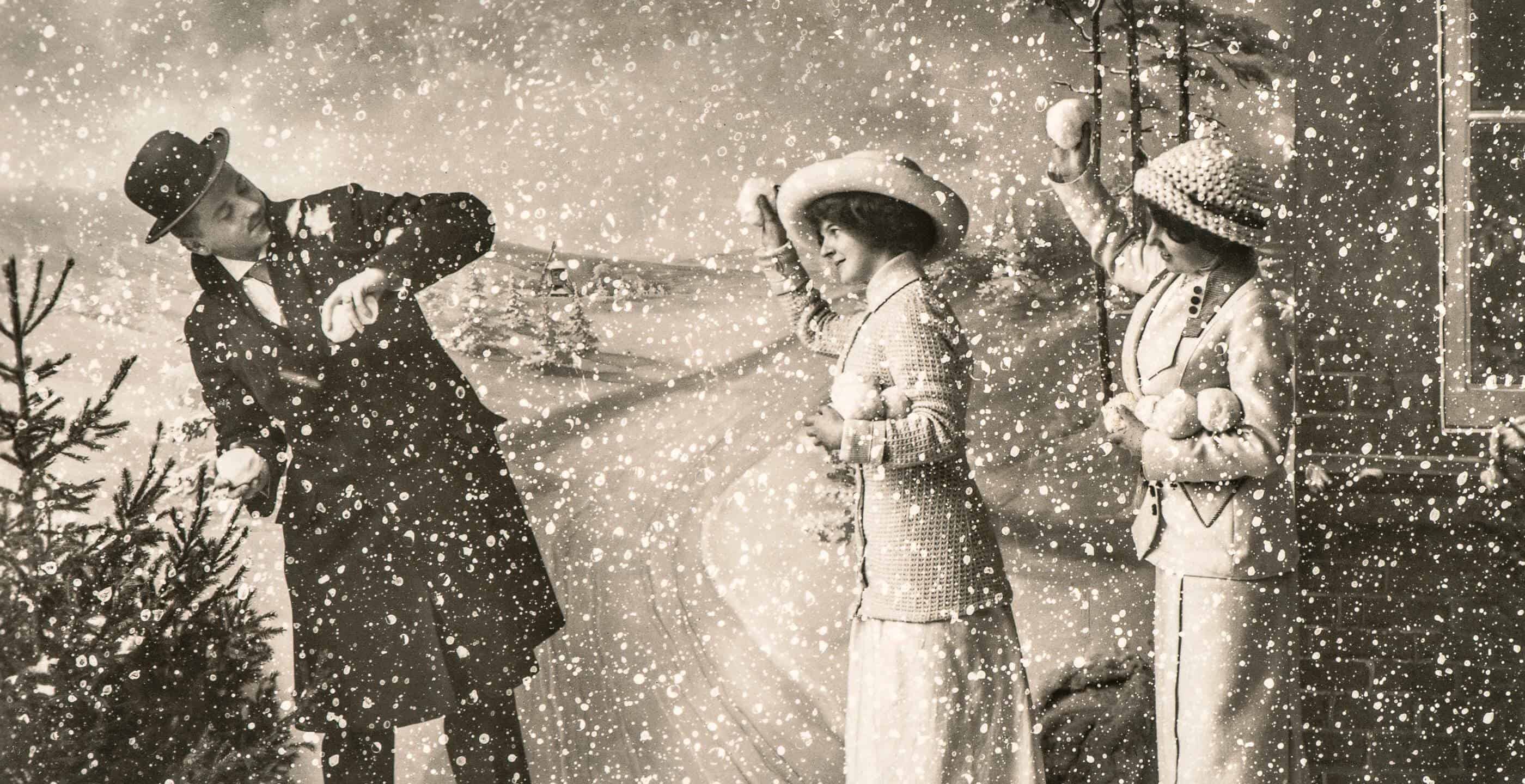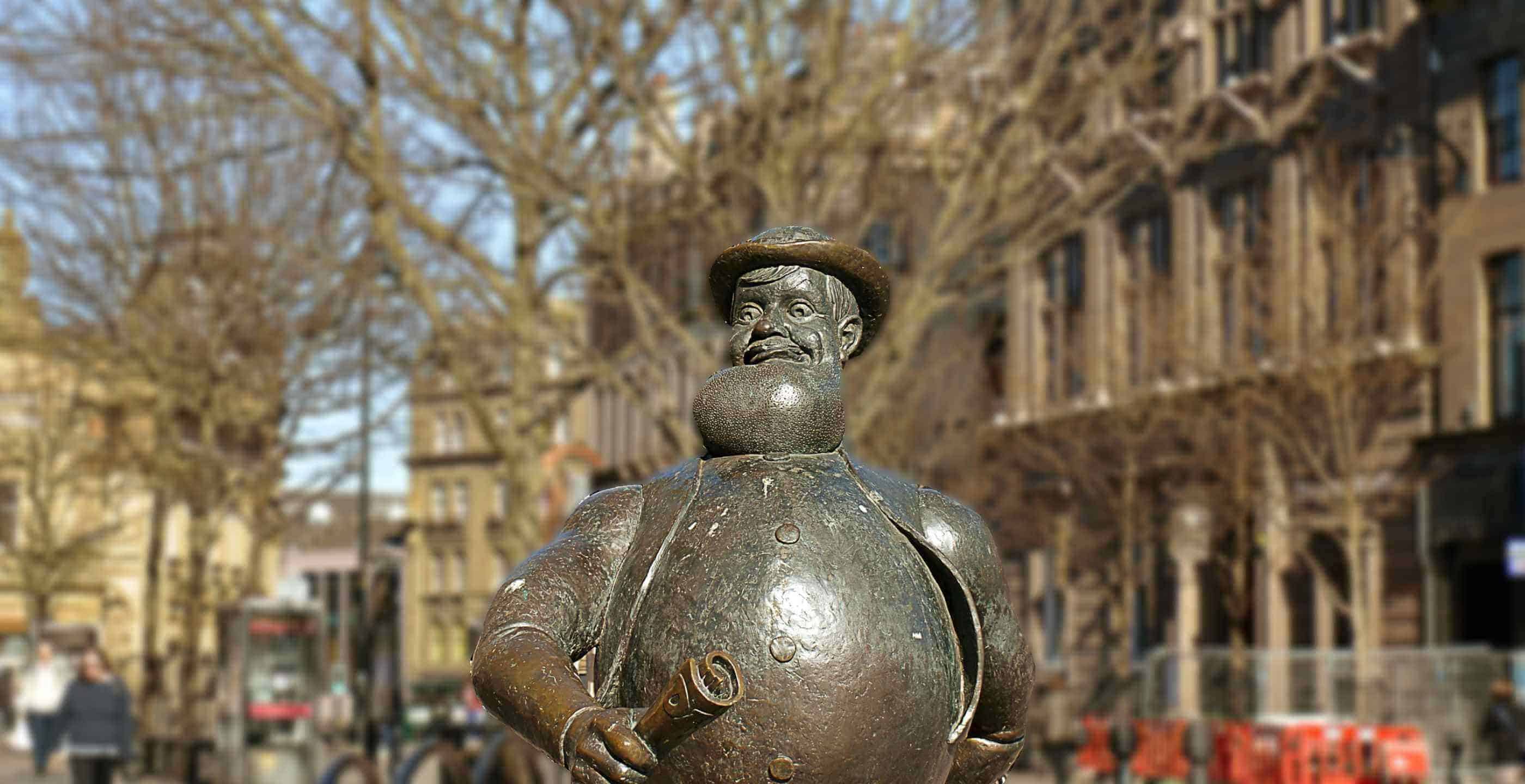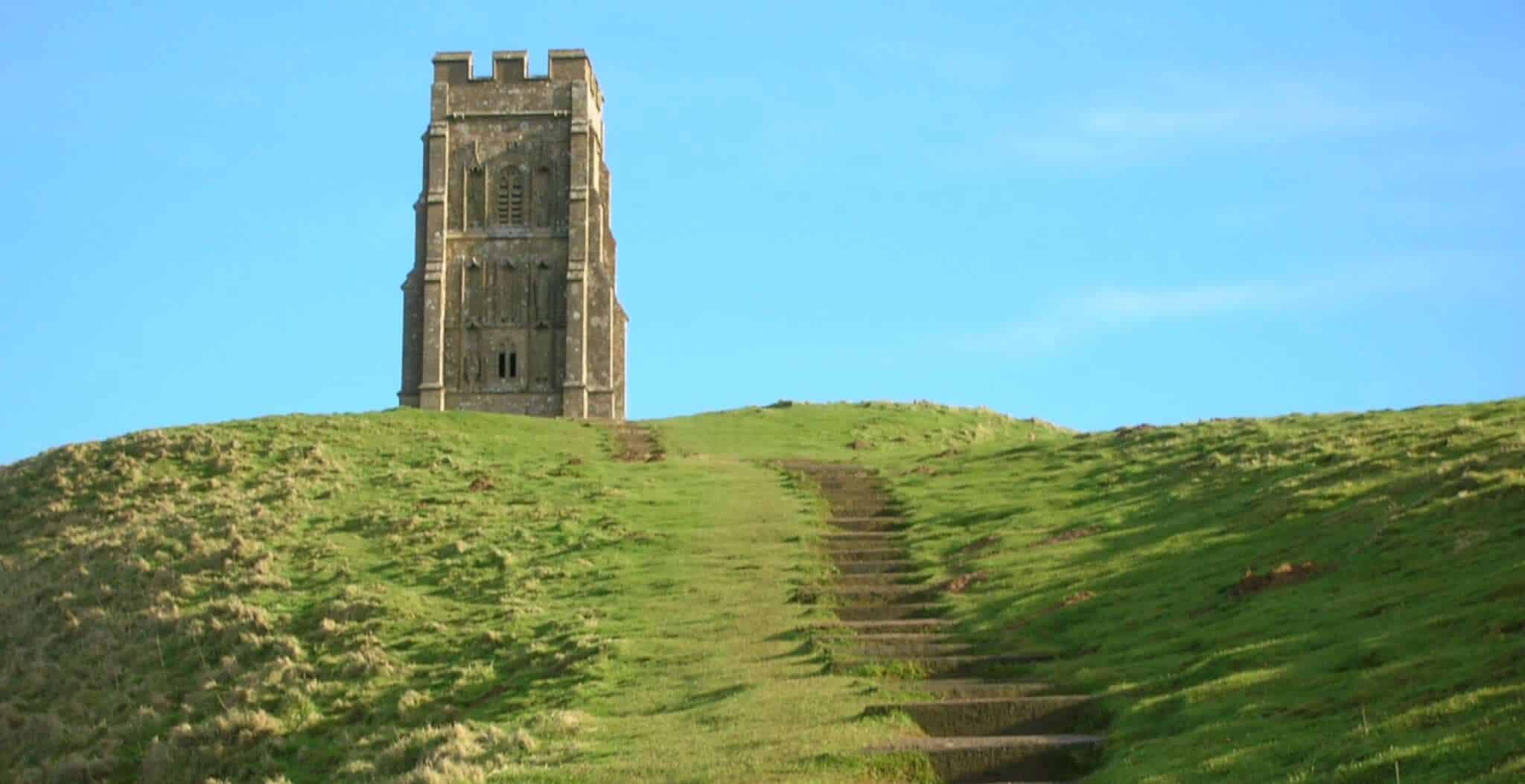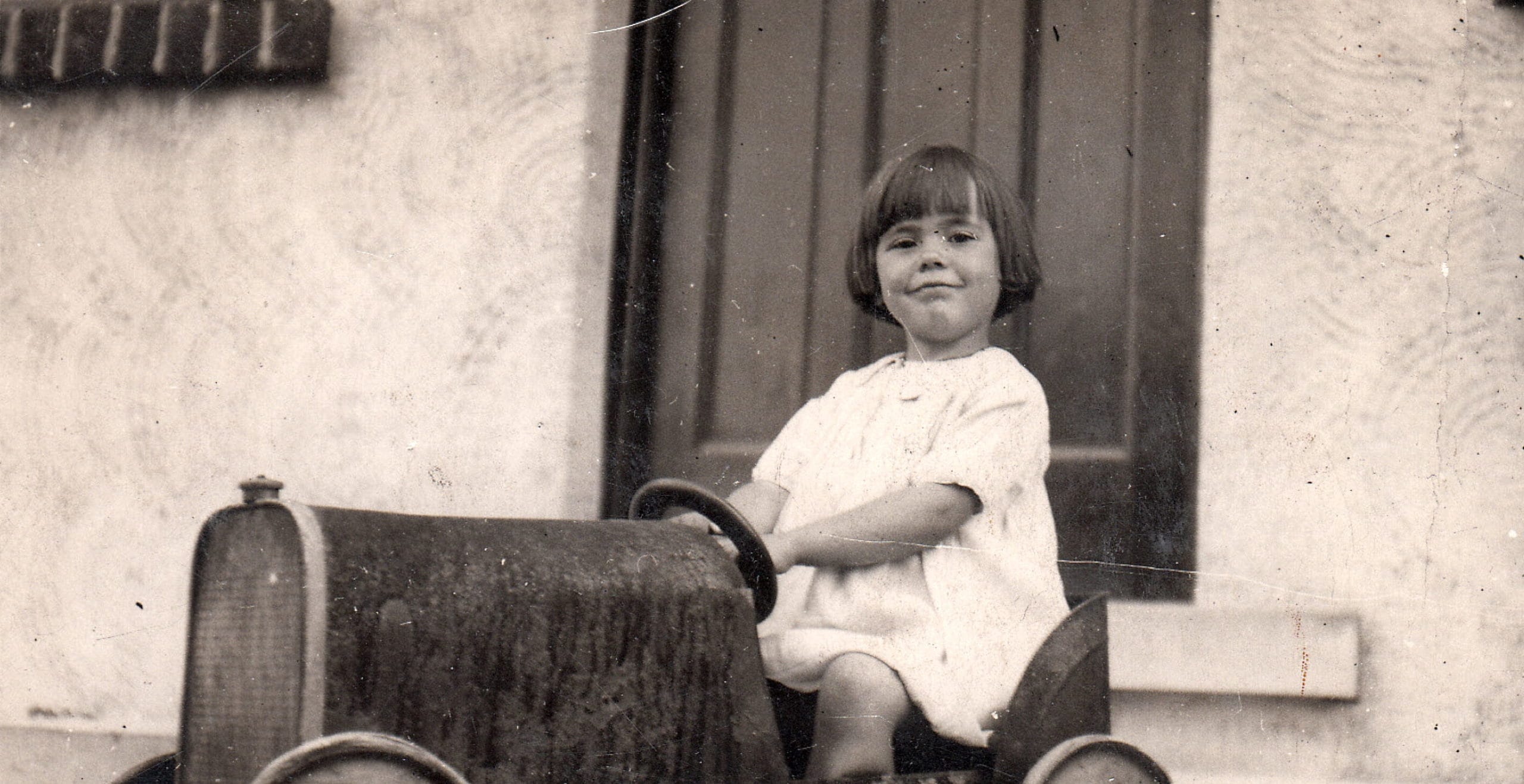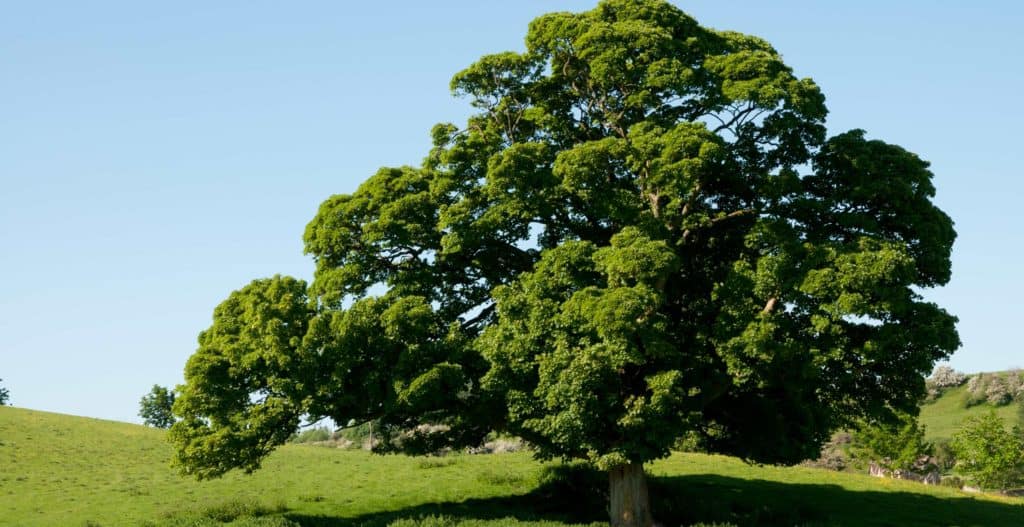In September and October, the fruits of the horse chestnut tree, known as conkers, begin to fall from the trees. Inside the prickly green casing lie the fruits – brown, shiny, and hard – which are still avidly collected by children all over Britain. They used to be collected for the game of conkers – a favourite playground game in Britain for generations – but this does not happen so much nowadays, because of worries about health and safety.

Conkers are unfit for human consumption, but are eaten by cattle, deer and horses. In the past they were ground up and given to horses as cough medicine and to give them a shiny coat. This, along with the leaf scars left behind on the bark which resemble a horseshoe, lent the tree its name: the horse chestnut. Extracts from the horse chestnut tree and its component parts have also been used in medicine to treat malaria, frostbite, ringworm and varicose veins over the years, and to prevent piles and rheumatism.
It has also been said that placing conkers in the corners of rooms, can keep spiders out of a house – though this is thought to be an old wives’ tale with no scientific evidence for the claim. More recently, conkers have become popular as an eco-friendly alternative to laundry detergent thanks to a substance they contain called saponin, which is also found in soap nuts.
When it comes to the game of conkers however, horse chestnut fruits were not always the conker of choice. In fact, horse chestnut trees were not introduced to this country from the Balkans until towards the end of the 16th century. Prior to the use of the horse chestnut fruits, a similar game had been played using snail shells and hazelnuts and the like, as mentioned in the poet and writer Robert Southey’s memoirs in 1821.
It is unclear how the game came to be called conkers – it may have come from a local dialect word for ‘hard nut’, or from the French ‘conque’ (conch shell) when the game was originally played with seashells, or ‘cogner’, meaning ‘to hit’.
Different regions had their own names for the game – such as ‘cheggers’ in Lancaster in the 1920’s for example – and references in literature supply other names such as ‘cobblers’ in ‘Sons and Lovers’ by Nottinghamshire born D H Lawrence.
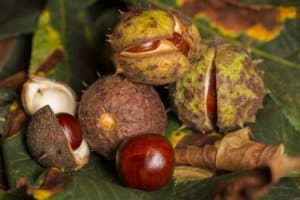
It wasn’t until the 19th century that the horse chestnut fruits – the conkers we know today – were recorded as being used for the game, with the first known reference on the Isle of Wight in 1848. After the 1850’s, the use of horse chestnuts was ubiquitous with conkers across the UK and from that time on, the game’s popularity grew and spread throughout Britain.
The game has 2 players, each with their own carefully selected conker which has been drilled to create a hole and threaded onto a piece of string.
A basic idea of the game is to strike the opponent’s conker and try to break it – your conker is then the victor.
To win the game it is important to have the hardest conker! Cheating can be rife – with conkers baked, steeped in vinegar or painted with nail varnish to harden the fruit – but this is frowned upon.
Initially the conker is a ‘none-er’, and its first win makes it a ‘one-er’. If it wins again, it scores a point of one for itself, as the winner, and also takes its opponents score to add to its own. For example, if a ‘six-er’ beats a ‘three-er’, it scores one for the win, and takes the three from the beaten opponent. So, the victorious conker is now a ‘ten-er’.
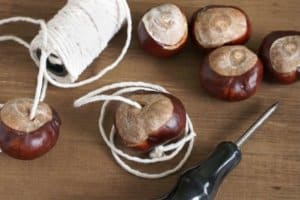
The advent of World War One disrupted the game somewhat, when, rather surprisingly, conkers were called upon to help with the war effort.
In 1917, when autumn came, children were offered money by the Ministry of Supply to collect as many conkers as they could, encouraged through posters in their schools and by the scout movement. They were not told why, to keep the idea secret from the Germans. The country was short of cordite, needed for artillery, which was normally imported from America. However, shipping blockades had prevented this. Lloyd George asked Professor Weizman (later the first President of Israel) to find a way of making acetone, needed for the production of cordite. The Professor devised a method using starch, from maize primarily and then when that ran short, horse chestnuts, to produce the acetone required.
Unfortunately, there were problems transporting the vast amounts of conkers collected. They were sent by train to secret factories to be processed, but in the end, mounds of conkers were left to rot. The conkers were not a good source of starch and unfortunately the plan was not a success!
Even though the game is thought to be dying out amongst schoolchildren today, conversely, the World Conker Championships are gaining in popularity! They have been held since 1965, originally in Ashton, Northamptonshire. Having had to cancel a fishing expedition, a group in the local pub spotted a number of horse chestnut trees nearby and decided to have a game of conkers instead. The competition included a prize for the winner and a collection for a blind charity and the event has continued on a yearly basis. The organisers also still make a donation each year to visually impaired charities.
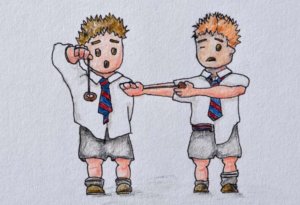
The increasing number of participants, classes and spectators each year led to the competition relocating to Southwick, Northamptonshire in 2013. The organisers select the conkers to be used in the championships themselves, and these have to conform to strict criteria. In years of drought when the available conkers may be smaller and shrivelled, the organisers occasionally have to import conkers from other countries. As the name suggests, the World Conker Championships has become an international event, with competitors from all over the world. The first overseas winner was from Mexico, in 1976.
